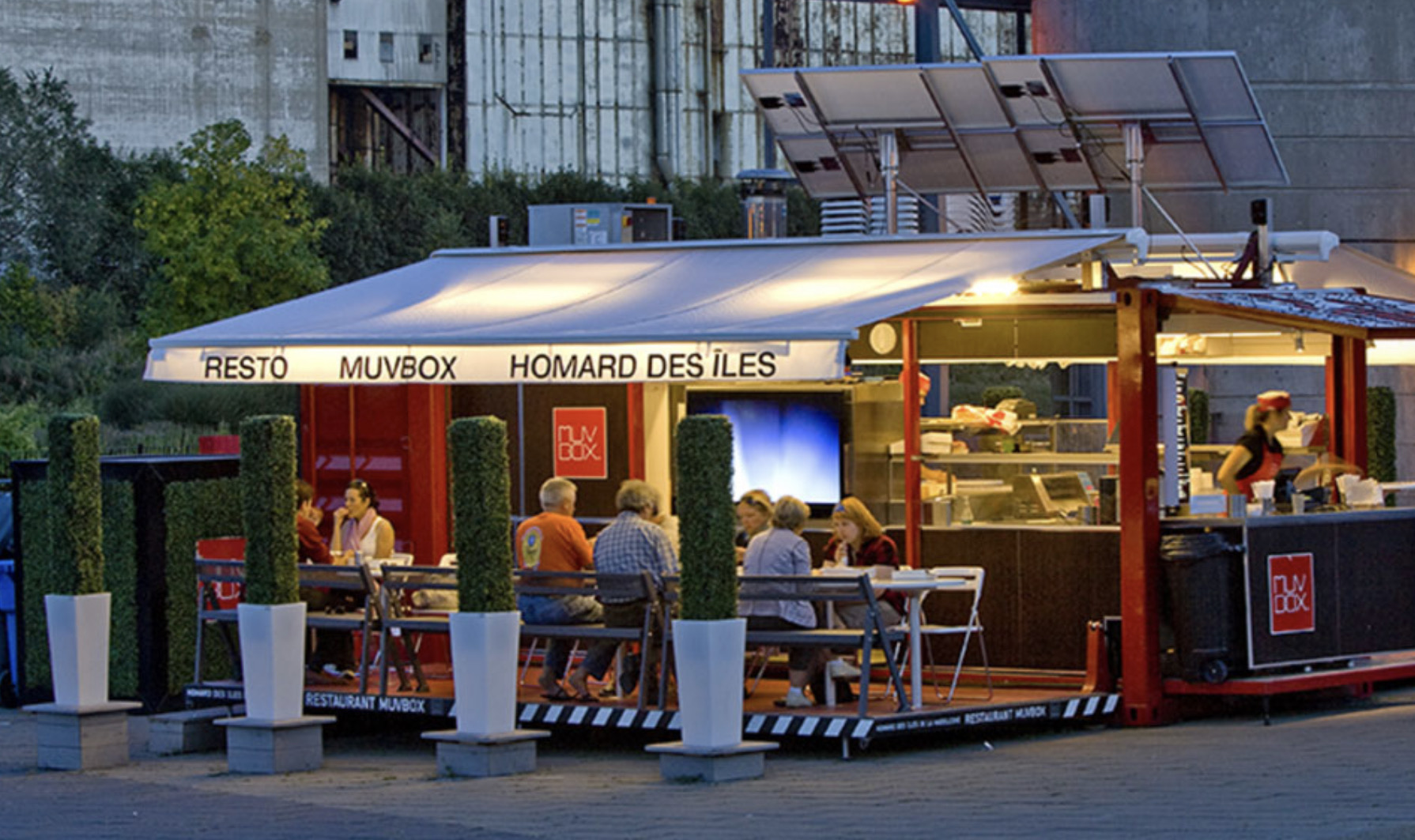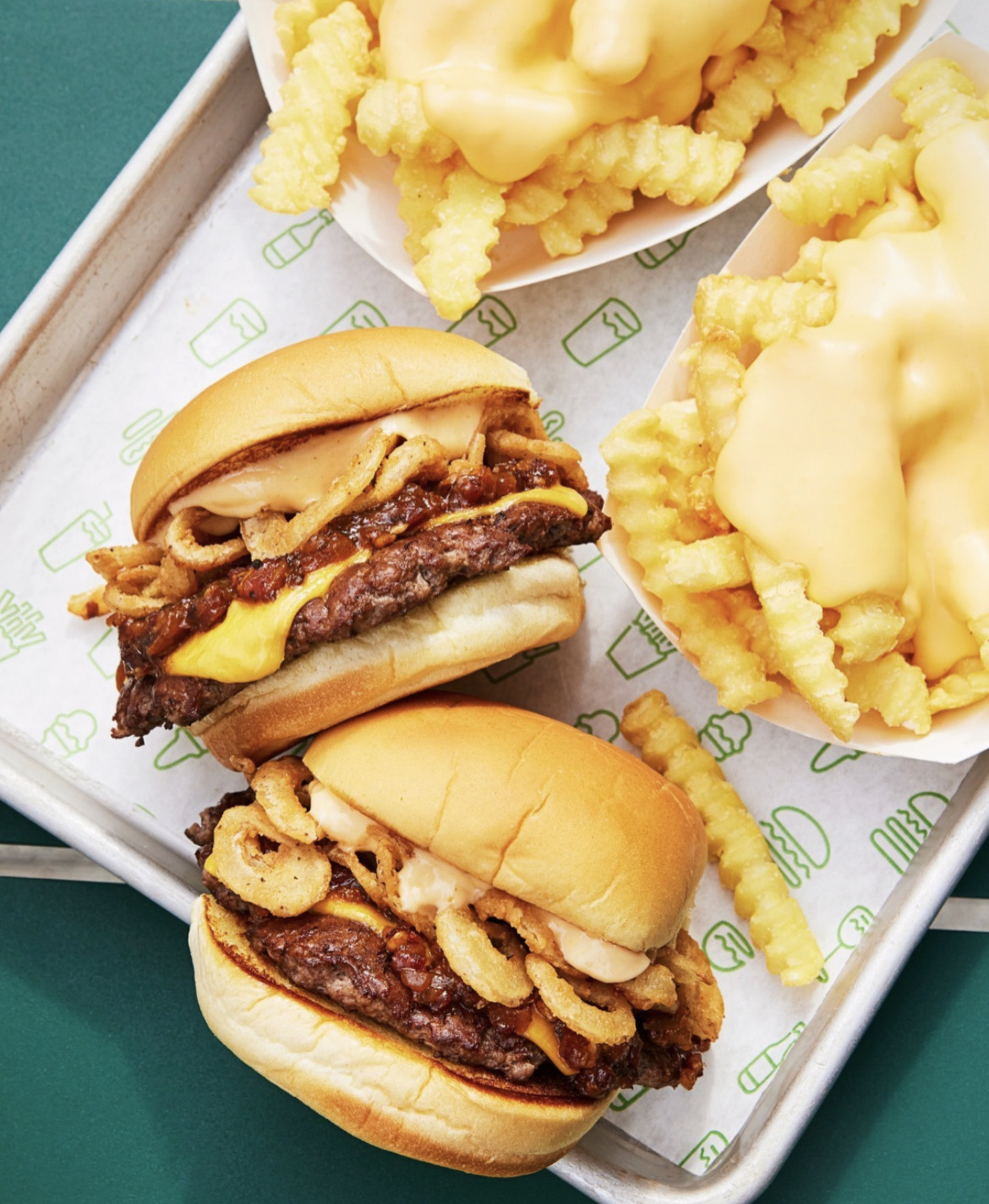In a fast-paced world where time is of the essence, the food industry has evolved to cater to the needs of the modern consumer. Traditional brick-and-mortar restaurants are increasingly facing stiff competition from innovative culinary concepts, with one trend standing out - shipping container fast food. With the rising popularity of this approach, it's evident that shipping container fast food is not just a fleeting fad; it's a sustainable and efficient solution that is transforming the way we experience food.
1. The Genesis of Shipping Container Fast Food
The concept of converting shipping containers into mini restaurants started as an ingenious solution to address various challenges faced by the food industry. As urbanization grew, available spaces for traditional eateries became limited and expensive. Simultaneously, consumers' preferences were shifting towards quicker, on-the-go options without compromising on quality.
This gave birth to the idea of repurposing shipping containers, once used exclusively for transporting goods, into fast-food outlets. Their durability, cost-effectiveness, and mobility made them an ideal choice for creating unique and inviting dining spaces in unexpected locations, from urban rooftops to remote beaches.
2. Unveiling the Advantages
a. Mobility and Flexibility: One of the most significant advantages of shipping container fast food is its portability. These containers can be easily transported from one location to another, allowing food entrepreneurs to experiment with different markets and demographics. It enables them to serve at events, festivals, or even rotate between high-traffic areas to maximize business potential.
b. Cost-Effectiveness: Compared to building a conventional brick-and-mortar restaurant, setting up a shipping container fast food outlet is significantly more affordable. With a smaller footprint, reduced construction costs, and the ability to avoid long-term rental agreements, entrepreneurs can launch their culinary ventures with lower financial risks.
c. Sustainability: In an era where environmental consciousness is gaining prominence, shipping container fast food stands out as an eco-friendly option. Recycling shipping containers reduces waste and repurposes materials that would otherwise lie dormant, minimizing the environmental impact of construction and reducing the carbon footprint.
d. Quick Launch: Traditional restaurant openings often involve prolonged construction and permit processes, leading to significant delays. On the contrary, shipping container conversions can be completed faster, allowing entrepreneurs to establish their business quickly and efficiently.
UsedConex.com: Leading retail company supplying secondhand shipping containers. We sell and rent new and used shipping containers for both export and storage use. We offer the lowest prices on our best containers. Click Here to view the website.
3. Aesthetics and Creativity

One of the most captivating aspects of shipping container fast food is its versatility in design. These containers can be transformed into trendy and visually appealing dining spaces, catching the eye of passersby. From sleek and modern to rustic and artsy, entrepreneurs can customize the exterior and interior of their containers to align with their brand's personality.
Additionally, shipping container fast food outlets often incorporate open-air seating areas, creating a communal and inviting ambiance for customers to enjoy their meals. This creative approach to dining experiences adds to the overall appeal and allure of these culinary ventures.
4. Cuisine Variety and Specialization
Shipping container fast food isn't limited to serving just a few types of cuisine. In fact, these innovative outlets have opened up new avenues for culinary experimentation and specialization. Entrepreneurs have the freedom to offer anything from gourmet burgers, tacos, and sushi to artisanal coffee, vegan delights, and exotic street foods from around the world.
This variety allows customers to indulge in diverse tastes and flavors without having to travel far and wide. It also fosters a sense of culinary adventure, encouraging patrons to step out of their comfort zones and explore new gustatory horizons.
5. Food Quality and Efficiency

Contrary to misconceptions about fast food, shipping container fast food establishments are committed to delivering top-notch quality in their offerings. With compact kitchen spaces that are optimized for efficiency, these outlets prioritize the use of fresh and locally sourced ingredients to maintain the highest culinary standards.
Moreover, the smaller kitchen area promotes better communication and teamwork among kitchen staff, resulting in smoother operations and timely service. The focus on speed and efficiency does not come at the cost of food quality; instead, it enhances the overall customer experience.
6. Embracing Technology
To stay ahead in the competitive food industry, shipping container fast food entrepreneurs often embrace technology to streamline operations and improve customer engagement. Many of these establishments incorporate mobile apps for online ordering and cashless payments, reducing waiting times and enhancing convenience for customers.
Additionally, some shipping container fast food outlets use social media platforms to connect with their audience, promote special offers, and build brand loyalty. This digital integration has proved to be a game-changer, enabling businesses to adapt to the rapidly evolving preferences of modern consumers.
7. Addressing Urban Food Deserts
In urban areas where access to fresh and healthy food is limited, shipping container fast food provides a potential solution. These mobile establishments can be strategically placed in so-called "food deserts" to cater to the nutritional needs of underserved communities.
By offering nutritious meals at affordable prices, shipping container fast food not only provides access to a diverse range of cuisines but also contributes to the fight against food insecurity in urban centers.
8. The Impact of COVID-19

The COVID-19 pandemic, which dramatically altered the dining landscape, showcased the resilience of shipping container fast food. As traditional restaurants faced restrictions and capacity limitations, these mobile outlets continued to operate efficiently, adapting to takeout and delivery services seamlessly.
Their design, with a focus on outdoor seating and contactless service options, made them well-suited for the challenges posed by the pandemic. As a result, they gained even more popularity during these trying times, solidifying their status as a sustainable and adaptable culinary solution.
9. Challenges and Future Prospects
While shipping container fast food offers a plethora of benefits, it also faces some challenges. Regulatory hurdles, such as zoning restrictions and health permits, can be daunting for entrepreneurs seeking to establish their mobile eateries in certain locations. Additionally, competition in the industry is growing, requiring unique and innovative approaches to stand out.
However, the future prospects for shipping container fast food remain promising. As sustainability and environmental consciousness continue to shape consumer preferences, the eco-friendly nature of these culinary ventures will be a significant selling point. Moreover, as entrepreneurs continue to diversify their menu offerings and embrace technology, shipping container fast food will continue to evolve and thrive in the fast-paced food industry.
Shipping container fast food is more than just a culinary trend; it represents a paradigm shift in how we experience and consume food. From its mobility and cost-effectiveness to its focus on sustainability and creativity, this innovative concept has proven to be a transformative force in the food industry.
As we move towards a future where convenience, quality, and environmental consciousness are paramount, shipping container fast food stands at the forefront of the culinary revolution. By embracing this trend, consumers, entrepreneurs, and communities alike can savor the benefits of a fast-food experience that not only tantalizes their taste buds but also nourishes their souls and supports a greener planet.